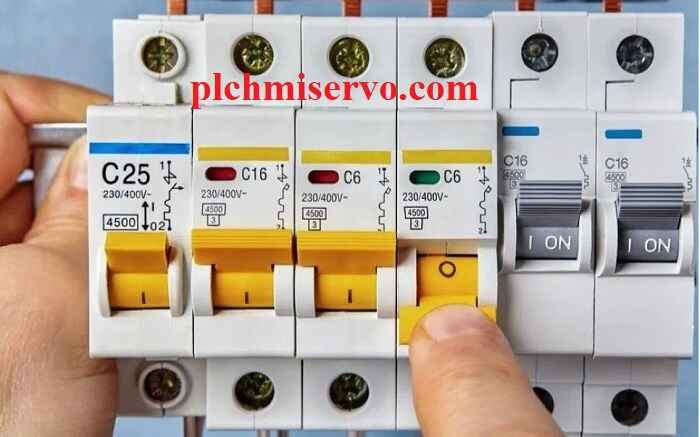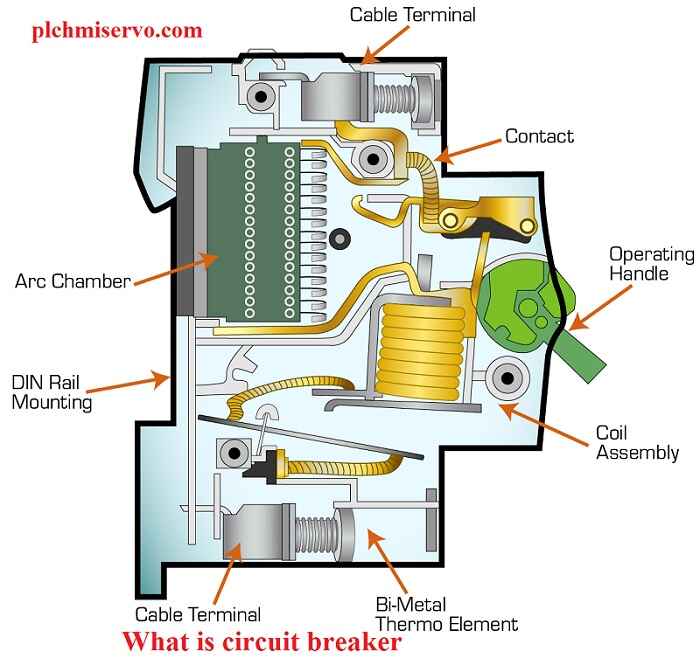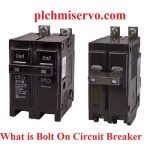What is circuit breaker and what is a type a circuit breaker
In electrical systems, a CKT Breaker acts as an automatic guard against harmful surges in current, preventing damage to the circuits. It jumps in to cut the power if things get too hot, saving your appliances and preventing fires. You can get your appliance back up and running quicker after a Trip CKT breaker.
CKT breakers can be operated both manually and automatically, instantly cutting off power when a fault is detected. The development of CKT breakers followed shortly after Thomas Edison’s invention of the light bulb in 1879, marking a significant advancement in electrical safety. They are capable of handling specific electricity assessments.
Tailored to the needs of different applications, they protect small appliances and manage high-voltage power distribution systems. In the broader context of electrical safety, CKT breakers fall under the category of over-current protection devices (OCPDs). This term encompasses any device, including fuses, that automatically disconnects power from a faulty system to prevent damage from excessive current. for details click here and see the CKT breaker details.
what is a type a circuit breaker
A crucial way to classify electrical safety devices like CKT breakers is by the method they use to quench the electrical arc that forms when the TRIP breaker. CKT breakers use a range of materials to quench/extinguish arcs, including regular air, dielectrics, special gases, a complete vacuums, and even certain insulating materials. CKT breaker’s 2 basic types are: 1. AC CKT breakers and 2. DC CKT breakers.
1. AC circuit breaker
Among AC circuits, low voltage breakers handle values under 1000V. But high voltage CKT breakers manage values exceeding 1000V. The high voltage category is also then split into 2 types: those that use oil and those that don’t (oil-less circuit breakers).
Oil circuit breakers
The oil CKT breaker is called as OCB. It is a special kind of device that uses dielectric or insulating oil to securely interrupt electrical current and stop sparks when there’s a problem in the circuit. This oil, commonly used in X-Former, possesses surpassing dielectric attributes relative to air.
The intense heat from an electrical arc vaporizes nearby oil, forming a pocket or bubble of gas rich in hydrogen. Squeezing the bubble with oil greatly improves its capacity to counteract electrical disruption. The intense pressure from the compressed gas bubble keeps the electricity arc from flowing again when it changes direction.
+Bulk Oil Circuit Breakers:
These devices use x-former oil for two purposes: to extinguish arcs and to insulate between conductive parts. They can handle power ratings from 25 MVA at 2.5 kV up to 5000 MVA at 230 kV.
+Minimum Oil Circuit Breakers:
In contrast, these breakers primarily employ oil as a medium to extinguish electric arcs through a rapid expulsion process. The oil’s primary function is to extinguish the electric arc quickly. It does this by cooling and breaking up the arc, preventing it from sustaining itself. This rapid quenching action helps ensure the circuit is fully interrupted, enhancing the breaker’s effectiveness and safety.
Oil-less circuit breakers
For applications requiring oil-less CKT breakers, various CKT breaker designs are available such as-
+Air ckt breaker
An air CKT breaker (ACB) contains stationary and movable contacts housed within an arc-extinguishing chamber. In this device, air serves as the medium to suppress electrical arcs. ACBs utilize two main methods for arc extinction: either forcing compressed air to extinguish the arc, or rapidly moving the contacts into a confined space, which causes air displacement and subsequently blows out the arc. These breakers also feature manual control buttons for operation.
+Axial blast CKT breaker
The Axial Blast CKT Breaker, also referred to as an air blast circuit breaker, is a type of electrical safety device. It utilizes air as a medium to shield electrical circuits for avoiding breakage/damage. This damage could result from excessive current flow, which may occur due to short circuits or overloads.
+SF6 circuit breaker
This oil-less CKT breaker uses a special gas called sulfur hexafluoride (SF6) under pressure to stop electrical sparks/arcs. SF6 is a dielectric gas that significantly outperforms air or oil in terms of insulation and arc suppression capabilities.
With its ability to handle currents up to 800 kV, this technology finds application in high-voltage circuit breakers. Electricity moves by charged particles, SF6 gas makes it harder for these particles to move around. This makes SF6 good at stopping electrical currents and putting out sparks.
+Vacuum circuit breaker
Vacuum CKT breakers are electrical safety mechanisms that halt the flow of current by extinguishing arcs in a vacuum-sealed chamber. Vacuum interrupters are what make these breakers function. It holds the contacts that conduct electricity and handles interrupting the current safely. The vacuum medium is chosen for its superior arc-extinguishing properties and high insulation capabilities.
The pressure ranges of vacuum are 6-10 bars. Several types of metal alloys are suitable for this application, with copper-chromium being a popular choice. The vacuum technology’s excellent insulation and arc-quenching characteristics make it an ideal choice for circuit breaker applications, although its use in very high voltage systems is still being refined for commercial viability.

2. DC circuit breaker
DC is characterized by its unidirectional flow and constant positive value, without natural zero points. DC operates in a different way than AC (alternating current), which regularly passes through zero. In DC circuits, the absence of zero crossings makes extinguishing arcs during current interruption more difficult.
+HVDC Circuit Breakers: Safeguarding Green Energy Transmission
High voltage direct current (HVDC) is a crucial technology in modern renewable energy systems, offering superior efficiency for long-distance power transmission. However, protecting the valuable equipment connected to these high-voltage lines requires specialized safety devices, with circuit breakers being a key component.
There’s a safety concern with using traditional AC breakers for DC power, they might not function properly when needed. When interrupting high DC voltages, the resulting electric arc is incredibly powerful and persistent, lacking the natural zero-crossing point found in AC systems.
This presents a major risk, as the fault current during contact separation can cause severe damage not only to the breaker itself but to the entire electrical network. Therefore, specialized HVDC circuit breakers must be designed to rapidly and safely interrupt these high-power DC circuits, ensuring the reliability and longevity of green energy transmission systems.


